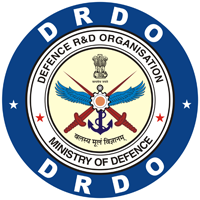The Pivotal Role of Bibliometric Analysis in Scholarly Communication
A Review
DOI:
https://doi.org/10.14429/djlit.21028Keywords:
Bibliometric analysis, Scholarly communication, Performance analysis, Science mapping, ApplicationsAbstract
This review article highlights the pivotal role of bibliometric analysis in enhancing scholarly communication amid the exponential growth of academic literature. Traditional literature review methods are unable to keep pace with the vast increase in research output, thus requiring innovative approaches to analyse and interpret bibliographic data. The study elucidates how bibliometric analysis employs advanced statistical techniques to identify significant patterns in research output, collaboration dynamics, and individual research impacts within the academic community. Key findings indicate that the development of prominent scientific databases, such as scopus and web of science, alongside various bibliometric software and visualisation tools, has bolstered the capacity for systematic analysis. The paper delineates two main types of bibliometric analysis: performance analysis, which assesses the contributions of various research stakeholders, and science mapping, which explores the relationship networks among authors and concepts. The insights derived from bibliometric studies are invaluable for funding agencies, academic institutions, and policymakers, facilitating informed strategic decision-making and fostering a culture of evidence-based research practices. The findings illustrate bibliometric analysis’s transformative potential for enhancing knowledge management and collaboration across disciplines.
Downloads
Published
How to Cite
Issue
Section
License
Copyright (c) 2025 Defence Scientific Information & Documentation Centre (DESIDOC)Except where otherwise noted, the Articles on this site are licensed under Creative Commons License: CC Attribution-Noncommercial-No Derivative Works 2.5 India




